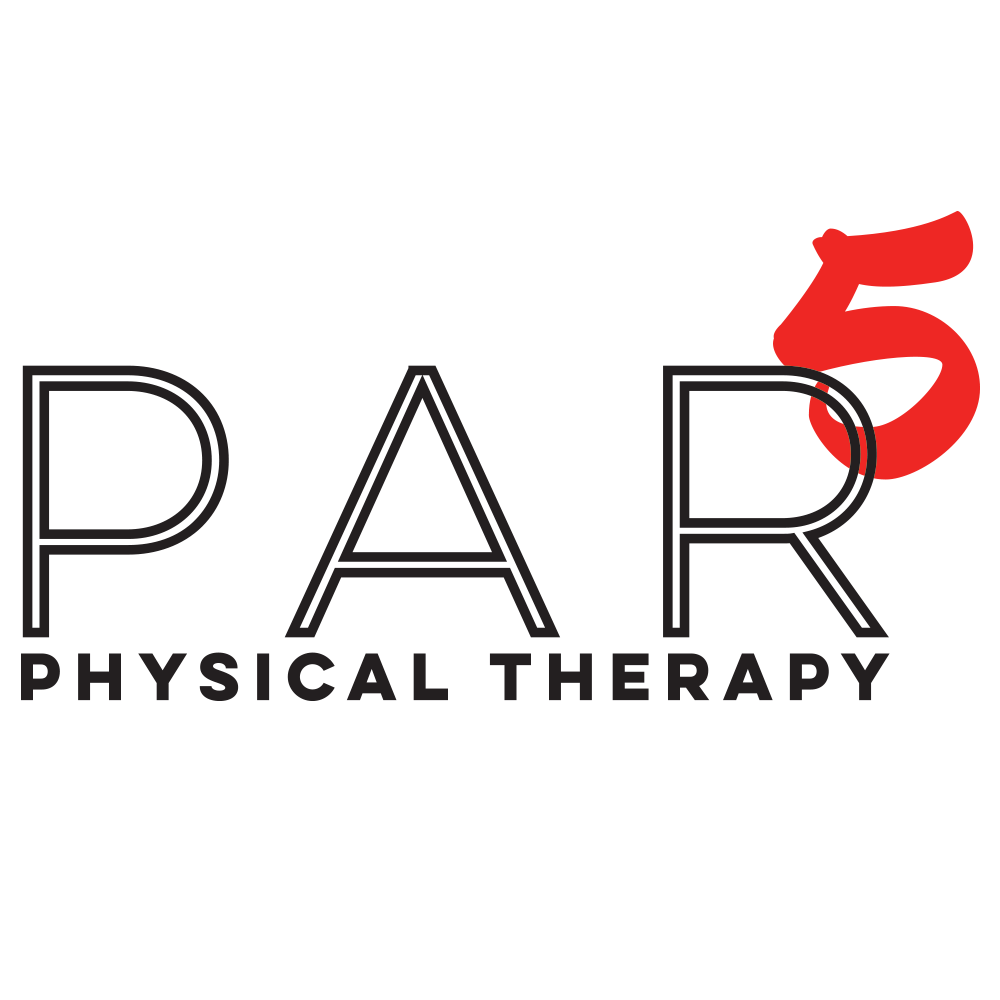Hip pain and Physical Therapy
The hip joint is a synovial ball and socket joint encased in a joint capsule. The “ball” is the femoral head of the femur, the leg bone. The “socket” is the acetabulum in the pelvic bone. The socket is tilted downward and forward, so it is more open towards the front than the back. Like the shoulder (another ball and socket joint) it has 3 degrees of motion, it can move forward and backward, side to side, and rotate. However, unlike the shoulder, it is more stable because its socket is much deeper.
Some common disorders of the hip include joint impingement, tendonitis/tendinosis, arthritis/osteoarthritis/degenerative joint disease, and bursitis. Pain can be present on the side, back, or front of the hip; and can be sharp, stabbing, deep, achy, or a combination. Pain type and location can help diagnose the cause of hip pain. What movement makes it hurt is another diagnostic tool.
When discussing hip movement, because it is a ball and socket joint like the shoulder, it also has a “rotator cuff” that keeps it stable. The muscles that connect deep into the hip joint help stabilize the head of the femur to stay in the middle of the acetabulum. When we bend or stand up straight, the ball needs to stay in the middle of the socket, the axis of the joint. If not, this misalignment can cause hip joint impingement and is oftentimes painful in the front of the hip near the groin.
When certain muscles around the hip joint are overworked, they can develop inflammation in their tendon or a tissue structure dysfunction in the tendon, tendonitis or tendinosis. This can be felt usually with movement that activates the affected muscle and tendon and is felt on the outside or the back of the hip joint. It is accompanied with point tenderness upon palpation of the muscle. Overuse of the tendon and muscle complex can also place more pressure on the bursa around the joint.
Bursas are fluid-filled sacs that help tendons and muscles slide over bony prominences. They’re like cushions. Sometimes when they get irritated, they can get inflamed as well. Most bursa pain is located on the side of the hip joint.
Arthritic or degenerative joint pain can be felt in a number of places around the hip.
When trying to diagnosis what is the cause of hip pain, we have to ask more questions. Does the hip hurt with movement? Does it hurt with weight-bearing activities? Does it hurt when you bring your knee into your chest? These are some questions that we ask to further differentiate the cause.
Once we narrow it down, we can go into a physical exam. We can dig down deeper into the joint motion, muscle strength, and flexibility around the joint thus getting a clearer picture of how to treat it.
Surgeries and pain medication can be avoided if the true cause of the hip pain is addressed. Stay tuned, next week, we’ll cover how we can treat hip pain.
If you’re experiencing hip pain and have any questions, contact PAR5 Physical Therapy for more information.

